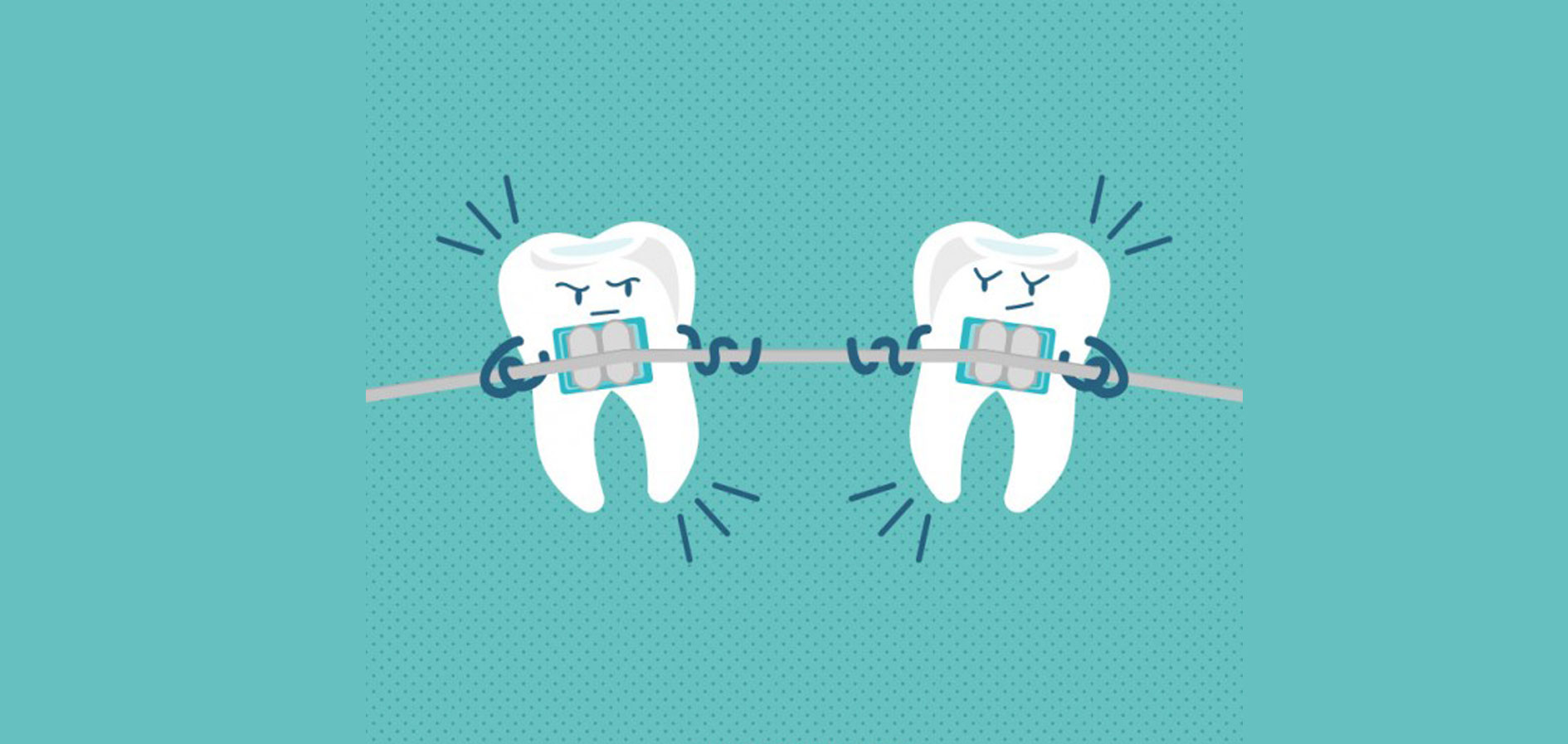Orthodontics is a specialization within the field of dentistry that requires additional training and certification. Orthodontic treatment is a way of straightening or moving teeth, to improve the appearance of the teeth and how they work. It can also help to look after the long-term health of your teeth, gums and jaw joints, by spreading the biting pressure over all your teeth. Orthodontic treatment involves correcting malocclusion, which is the misalignment of a bite or incorrect spacing between teeth. This is usually accomplished through the use of orthodontic braces or clear aligners such as Invisalign.
Many people have crowded or crooked teeth. Orthodontic treatment will straighten the teeth or move them into a better position. This can improve their appearance and the way the teeth bite together, while also making them easier to clean.Some people have upper front teeth that stick out and look unsightly. These 'prominent' teeth are more likely to be damaged, but orthodontic treatment can move them back into line. Or the way the upper and lower jaws meet can cause teeth to look unsightly and lead to an incorrect bite. Orthodontic treatment may be able to correct both of these problems.
When the teeth don't meet correctly, this can put strain on the muscles of the jaw, causing jaw and joint problems and sometimes headaches. Orthodontic treatment can help you to bite more evenly and reduce the strain.
Types & Procedures of Orthodontic Appliances
1. Placement of orthodontic brackets.
2. The orthodontic wire and orthodontic brackets are connected by elastics and stainless steel wires (ligatures).
Regular dental visits are needed according to the instructions of the orthodontist. After the teeth have moved to the favorable positions, a retainer is used to hold and stabilize the teeth in these positions.
Types of Braces
a) Metal Orthodontic Braces:
Metal-wired braces are stainless steel, sometimes in combination with titanium, and are the most widely used. These include conventional braces, which require ties to hold the arch wire in place. While being the most affordable treatment, their major disadvantage is the typical metallic smile which may not be preferred.
b) Ceramic Orthodontic Braces:
Ceramic brackets are fixed and tooth colored, so they blend in with your natural teeth. This means that unlike traditional stainless metal braces, ceramic braces won't make your smile look "metallic" except for the thin wire which is visible only in close look.
c) Lingual or invisible Orthodontic Braces:
Lingual braces are placed behind your teeth, and are therefore clearly invisible to other people. Usually, lingual brackets are made of metal. The obvious benefit of this type of treatment is that no one will know that you are wearing lingual braces unless they look inside your mouth.
How long does a fixed orthodontic treatment take?
The overall duration lasts for about 1.5 to 3 years. The actual time needed depends on the complexity of treatment.
Removable orthodontic appliances are suitable for simple orthodontic treatments.
Procedures
1. Take impressions of the teeth
2. Fabricate the removable orthodontic appliance in the dental laboratory.
3. Fit in the appliance in the mouth, and activate the springs or screws.
4. Regular dental visits to check the tooth movements and adjust the appliance accordingly.
How long does a removable orthodontic treatment take?
The overall duration lasts for about 6 to 12 months. The actual time needed depends on the complexity of treatment.
Points to note on orthodontic treatments
When you are wearing an orthodontic appliance, extra attention towards oral hygiene is needed to prevent tooth decay and gum disease.
When you are wearing a removable orthodontic appliance, the appliance and teeth must be thoroughly cleaned every morning and evening before wearing it again. Leave the appliance in a cup of water when it is not worn.
Orthodontic Treatment with Invisalign
If you need orthodontic treatment, chances are Invisalign can help. Invisalign can treat a wide range of cases. The teeth-straightening process will vary from person to person, but the basic idea stays the same. Your orthodontist will take x-rays, pictures and impressions of your teeth, and then use that information to create a treatment plan. You will receive a series of custom aligners that you will change about every two weeks. Over time, your teeth will gently and gradually shift into place.
Orthodontic Treatment for Children
It is recommended by the American Association of Orthodontists that all children receive their first orthodontic consultation at age 7 when they have a mix of baby and adult teeth. An early exam allows your orthodontist to offer you guidance and advice as to treatment options and their pros and cons so that you can make an informed decision.
Although your child may still have mixed dentition (i.e. both baby teeth and adult teeth), it may be an optimal time to start braces. Some baby teeth are wider than their succeeding permanent teeth, and getting orthodontic treatment before the shedding of baby teeth can make treatment easier by preserving the extra spaces that baby teeth occupy and may avoid the need to remove teeth in the future to create spaces for teeth alignment.
In addition, when a child is under active growth, it may be possible to use orthodontic appliances such as jaw expanders to modify his/her jaw growth and movement. Since each child's situation is different, it is best to take him/her to an orthodontist for consultation on the appropriate treatment.

